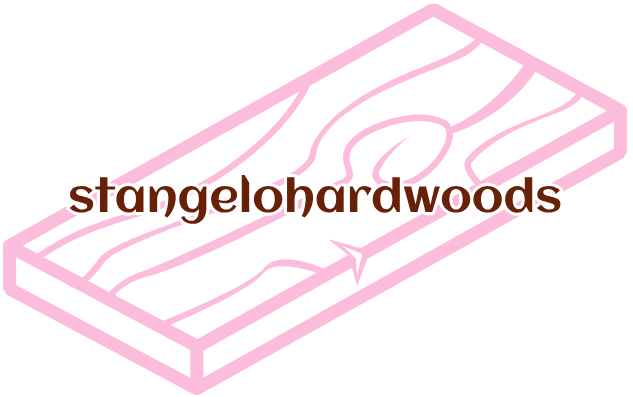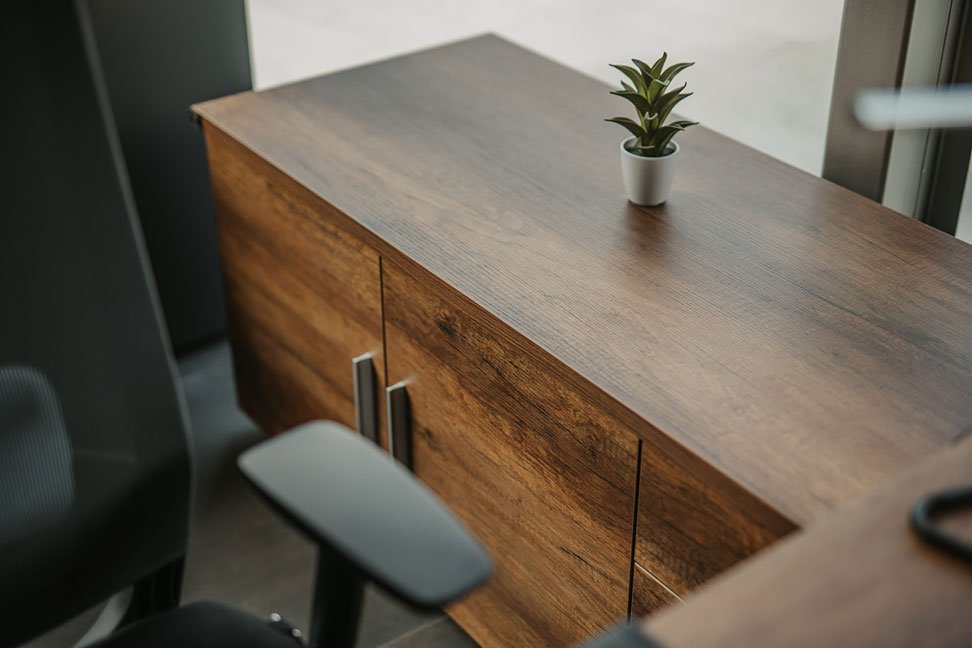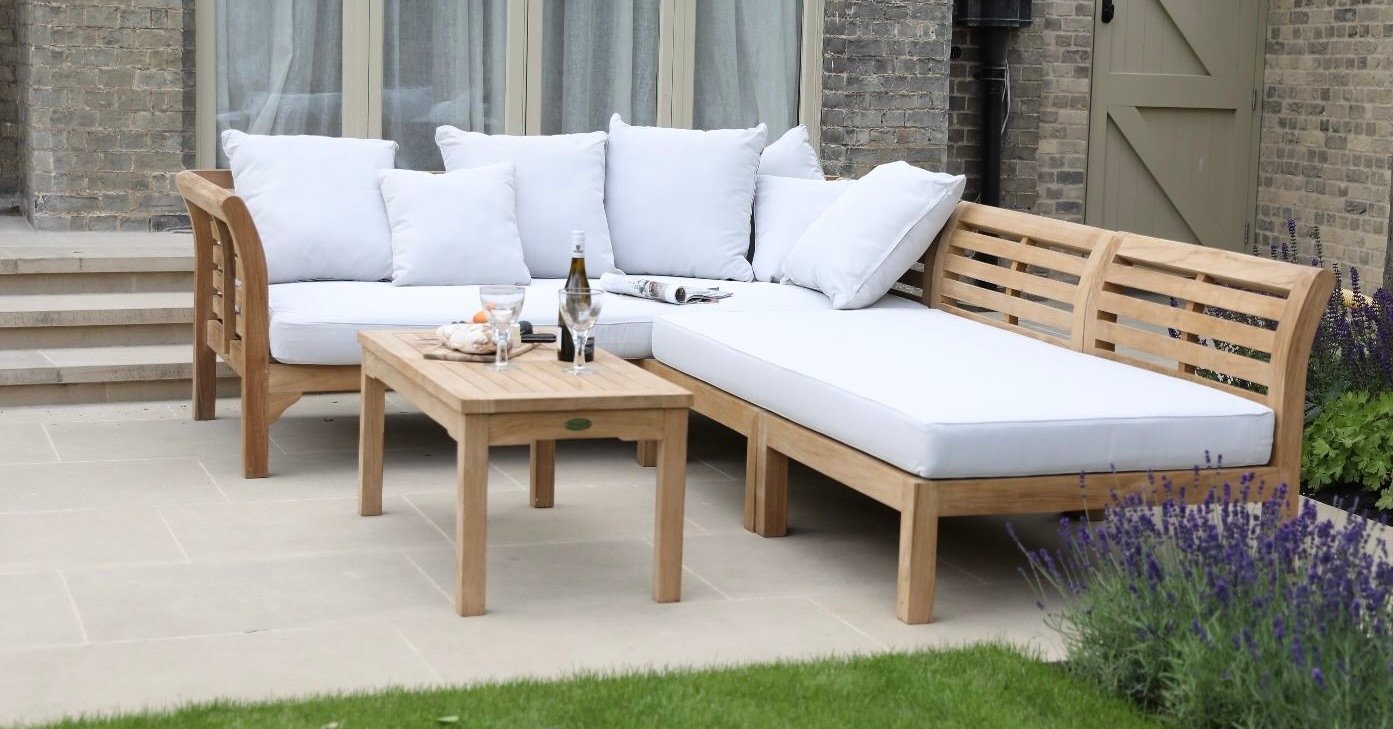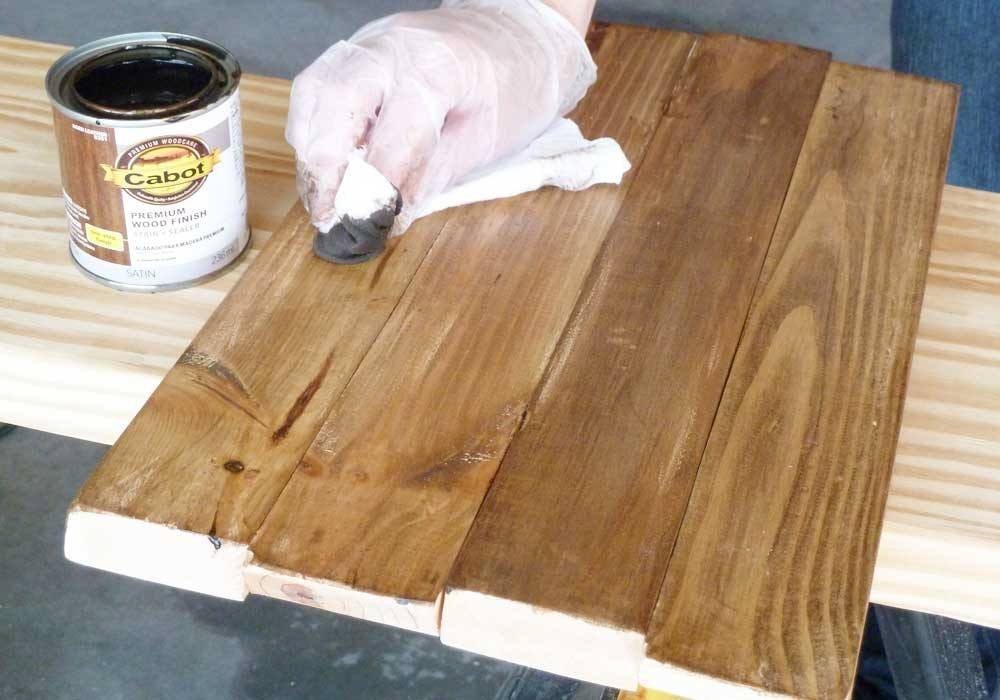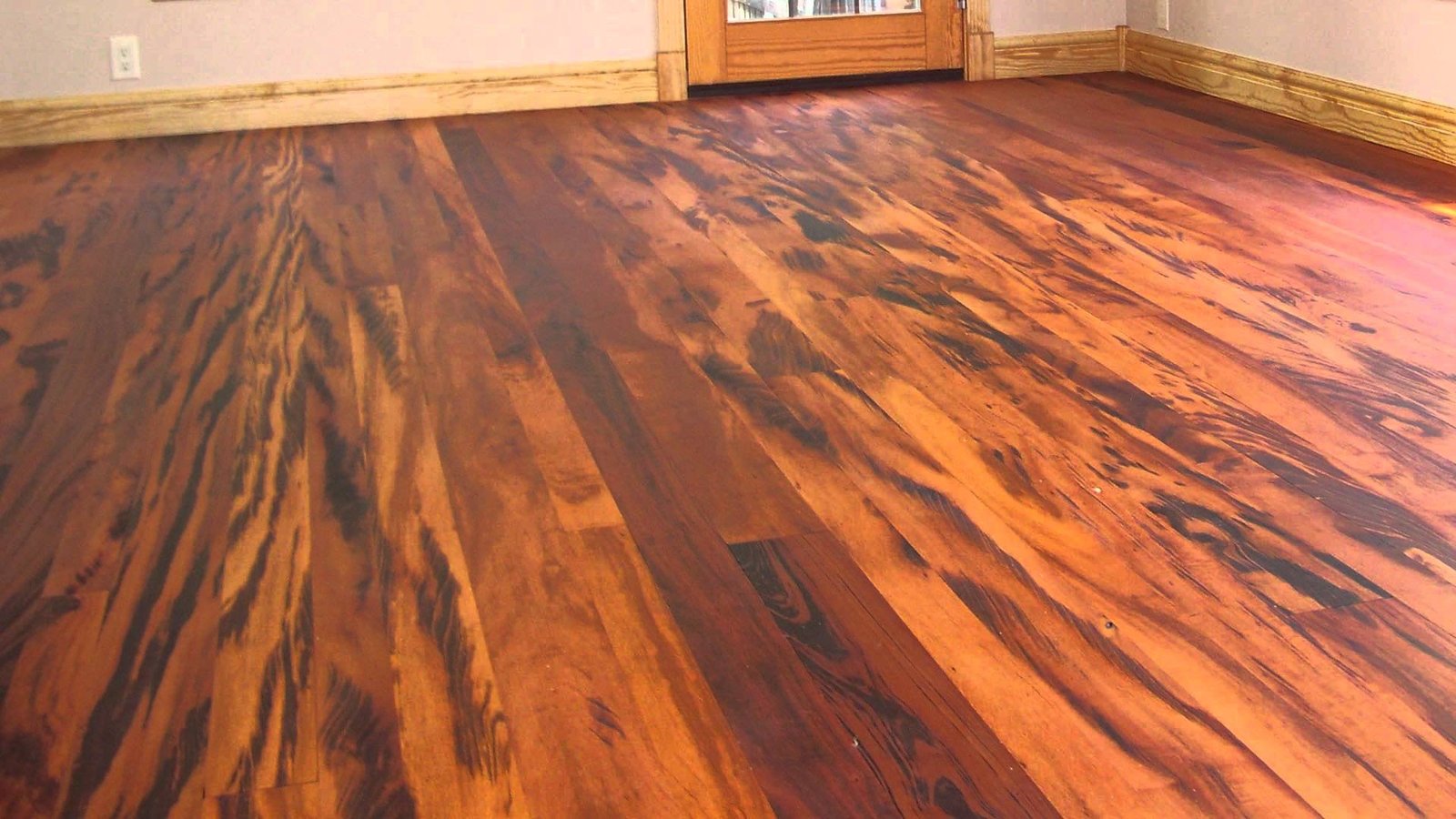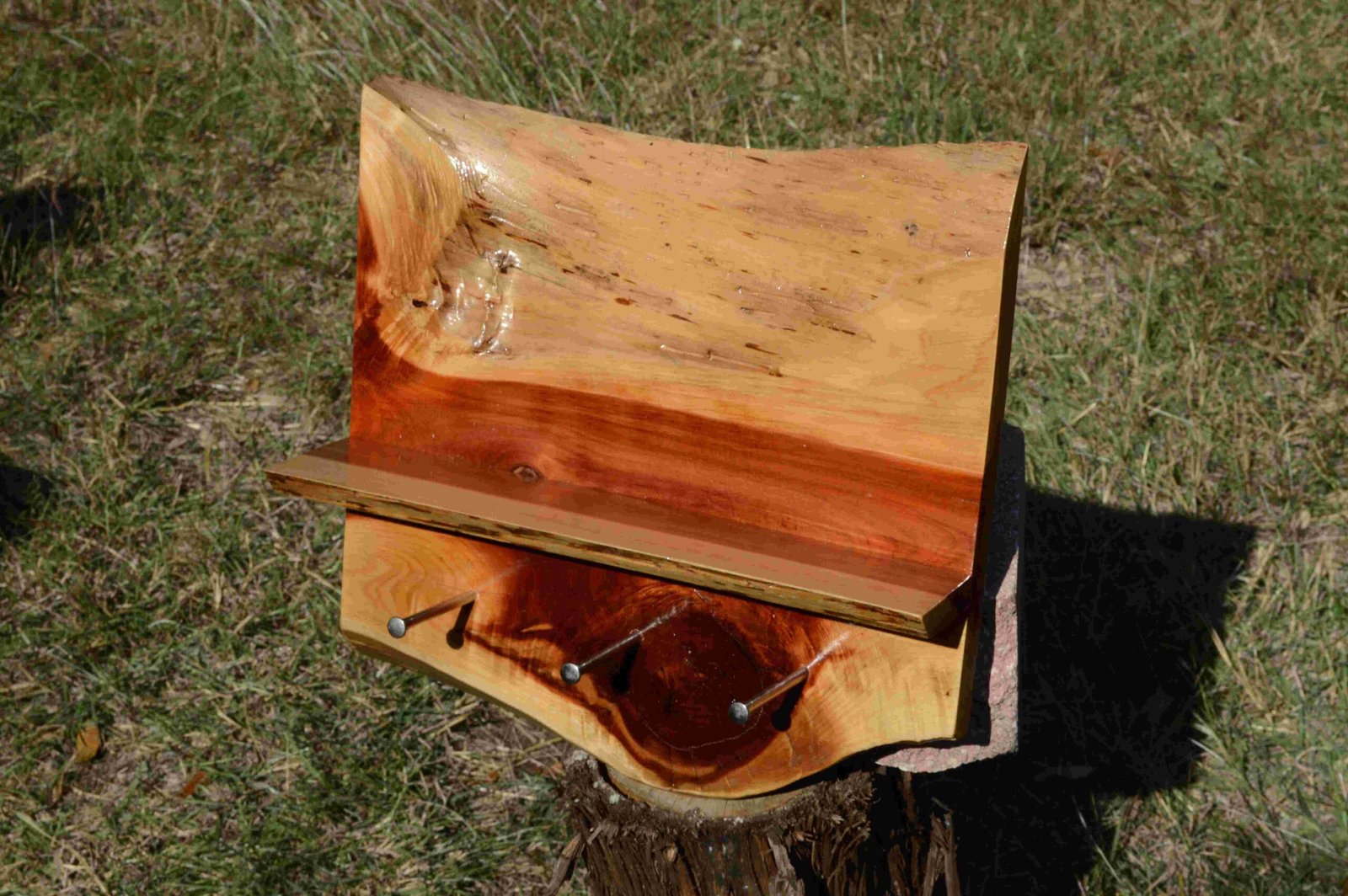Teak lumber is known for its beauty, strength, and durability, making it a popular choice for high-end furniture, decking, and outdoor projects. However, as with any highly sought-after material, there are many myths and misconceptions surrounding teak. In this article, we’ll debunk some of the most common myths about teak lumber and set the record straight. Whether you’re a beginner or an experienced woodworker, understanding the truth about teak can help you make the best decision for your next project.
1. Teak Is Too Expensive for Most Projects
One of the most widespread myths about teak is that it’s only for high-end or luxury projects due to its high cost. While teak is indeed more expensive than some other woods, it’s important to understand the value it brings in terms of durability, longevity, and aesthetic appeal.
The Truth:
- Long-term value: Teak’s initial price may be higher, but it lasts much longer than many other types of wood. It’s resistant to weather, rot, and insects, which means you won’t need to replace it frequently.
- Cost-effective in the long run: Since teak requires less maintenance and can withstand harsh conditions, it can actually save you money in the long term compared to cheaper woods that may need frequent repairs or replacements.
While teak may seem pricey at first, it’s an investment that pays off over time due to its strength and longevity.
2. Teak Requires High Maintenance
Another common myth is that teak requires constant care and maintenance to stay in good condition. While it’s true that teak can weather over time, it doesn’t need extensive care to maintain its beauty and durability.
The Truth:
- Minimal maintenance required: Teak is naturally resistant to moisture, insects, and decay. While it may require occasional cleaning and oiling to retain its original golden hue, it doesn’t need to be constantly polished or treated.
- Aging beautifully: Many people appreciate the silvery-gray patina teak develops over time. If you prefer this natural aging process, you can let teak age without doing anything at all, and it will still perform well.
Teak’s natural resistance to environmental factors means that it’s relatively low-maintenance, especially when compared to other woods that may need frequent sealing or staining.
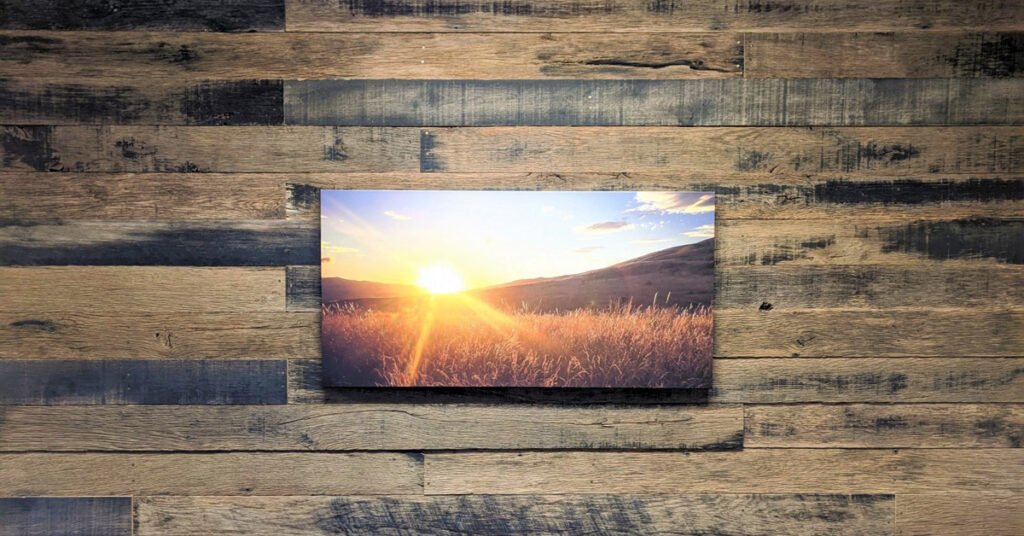
3. All Teak Is the Same
Some people believe that all teak is the same, but this isn’t true. The quality of teak can vary significantly depending on where it’s sourced, how it’s harvested, and whether it’s treated or finished.
The Truth:
- Quality varies: High-quality teak is harvested from mature trees in well-managed forests. Lower-quality teak may come from younger trees or poorly managed sources, which can affect its durability and appearance.
- Sustainably sourced teak: It’s important to choose teak that has been sustainably harvested. Look for certifications like FSC (Forest Stewardship Council) to ensure the wood comes from responsible sources that promote forest regeneration and environmental protection.
Not all teak is created equal, and choosing high-quality, sustainably sourced teak will ensure that you get the best product for your project.
4. Teak Is Only for Outdoor Use
While teak is often associated with outdoor furniture and decking due to its weather-resistant properties, many people believe it’s only suitable for exterior use. However, teak is highly versatile and can be used in many indoor applications as well.
The Truth:
- Indoor applications: Teak works wonderfully indoors, especially for furniture, cabinetry, flooring, and decorative items. Its beautiful grain and rich color can complement both modern and traditional interiors.
- Long-lasting indoor use: Teak’s natural oils make it resistant to moisture, which is ideal for kitchens and bathrooms where other woods might warp or swell.
Teak is not limited to outdoor use—it’s a fantastic option for creating elegant, durable pieces indoors as well.
5. Teak Is Harmful to the Environment
With growing concerns about sustainability, some people believe that teak harvesting contributes to deforestation and environmental degradation. However, responsible sourcing practices ensure that teak can be harvested in an environmentally friendly way.
The Truth:
- Sustainable harvesting: Many reputable suppliers offer teak that is sustainably sourced, meaning it comes from well-managed forests where trees are harvested responsibly and new trees are planted to replace them.
- FSC-certified teak: Look for teak that is FSC-certified, as this certification ensures the wood is harvested in a way that maintains the health of the forest ecosystem.
When teak is sourced responsibly, it can be an eco-friendly option that helps protect forests and supports sustainable forestry practices.
6. Teak Is Hard to Work With
Some people avoid using teak because they believe it’s too difficult to work with. However, teak is actually a relatively easy wood to cut, sand, and finish, making it suitable for both beginners and experienced woodworkers.
The Truth:
- Easy to work with: Teak is a dense, stable wood, which makes it ideal for furniture making and other woodworking projects. While it may require sharper tools due to its density, it can be easily shaped and finished to create beautiful results.
- Finishing teak: Teak’s natural oils make it easy to apply finishes and stains. It also takes well to oil treatments, which help preserve its color and enhance its grain.
Teak’s durability and workability make it a great choice for woodworking projects, and with the right tools and techniques, it’s easy to shape and finish.
7. Teak Is Only Used for Traditional Designs
Some believe that teak is only suitable for traditional, rustic, or classic designs. However, teak is highly versatile and can fit into modern, contemporary, or minimalist interiors just as easily as traditional ones.
The Truth:
- Versatile design: Teak’s beautiful grain and warm tones make it a great choice for any design style, from contemporary to Scandinavian, mid-century modern, and more.
- Modern applications: Teak is used in sleek, modern designs for furniture, cabinetry, and home accessories, adding a touch of luxury to any space.
Teak’s versatility in design makes it suitable for a wide range of aesthetics, from traditional to contemporary, giving it an edge in various home design trends.
8. Teak Is Too Heavy for DIY Projects
Some people think that teak is too heavy to use in DIY projects, especially when it comes to furniture or large pieces. While teak is a dense wood, it’s still manageable for most DIY enthusiasts.
The Truth:
- Manageable weight: While teak is heavier than some other woods, it’s still easy to work with for most DIY projects. Its density contributes to its durability, making it a good choice for pieces that need to last.
- Handle with care: When working with teak, using proper tools and techniques can help manage its weight and ensure a smooth woodworking experience.
Teak may be denser than lighter woods, but with the right tools, it’s still a great option for DIY projects.
Conclusion
Teak lumber is a premium material with many benefits, and the myths surrounding it often lead to misconceptions that can deter people from using it. From its cost-effectiveness and durability to its versatility and sustainability, teak is a fantastic choice for a wide variety of woodworking projects. By debunking these myths, you can see that teak is not only a beautiful wood but also a practical and valuable material for creating lasting, high-quality items. Whether you’re building furniture, decking, or decor, teak can help bring your projects to life while adding long-term value.
